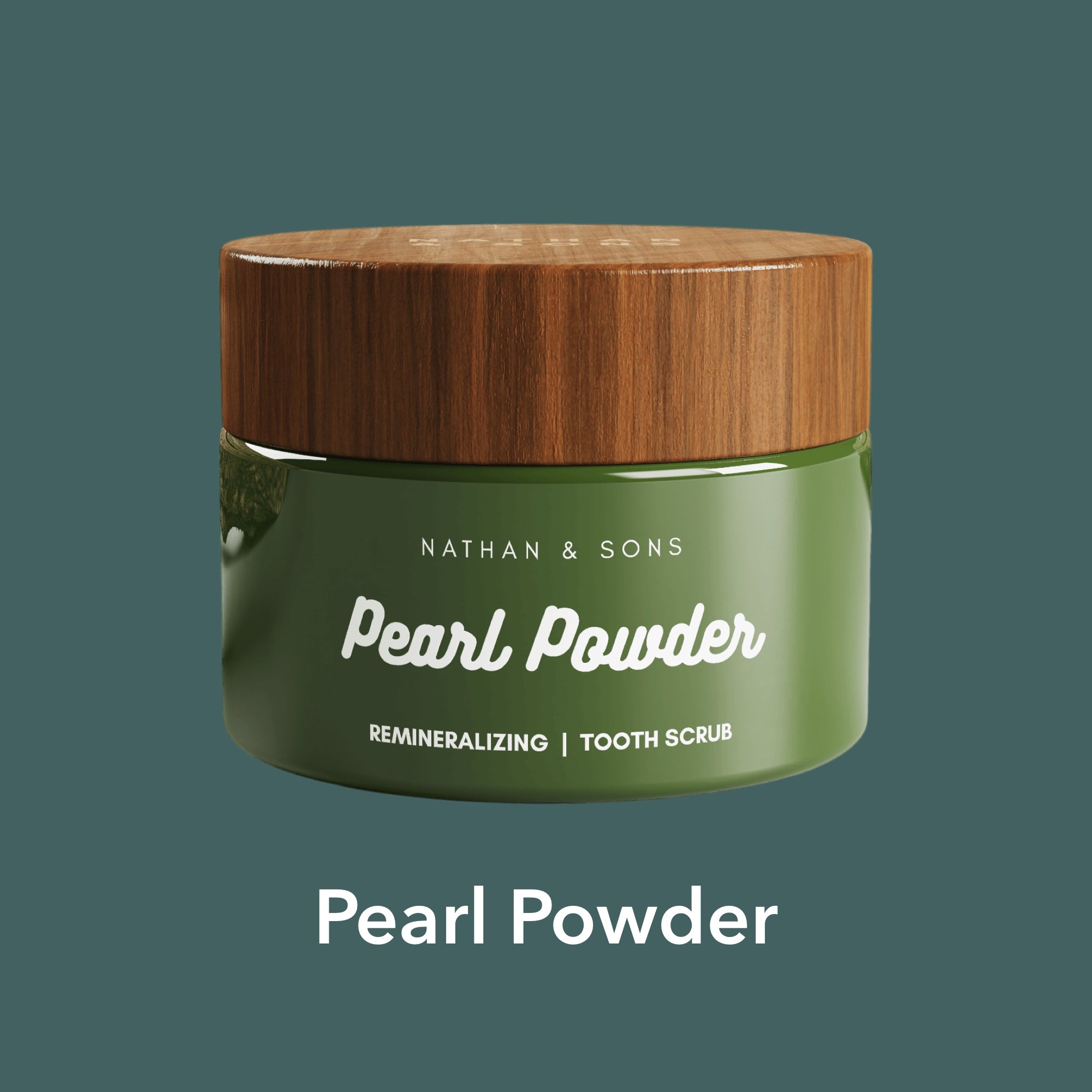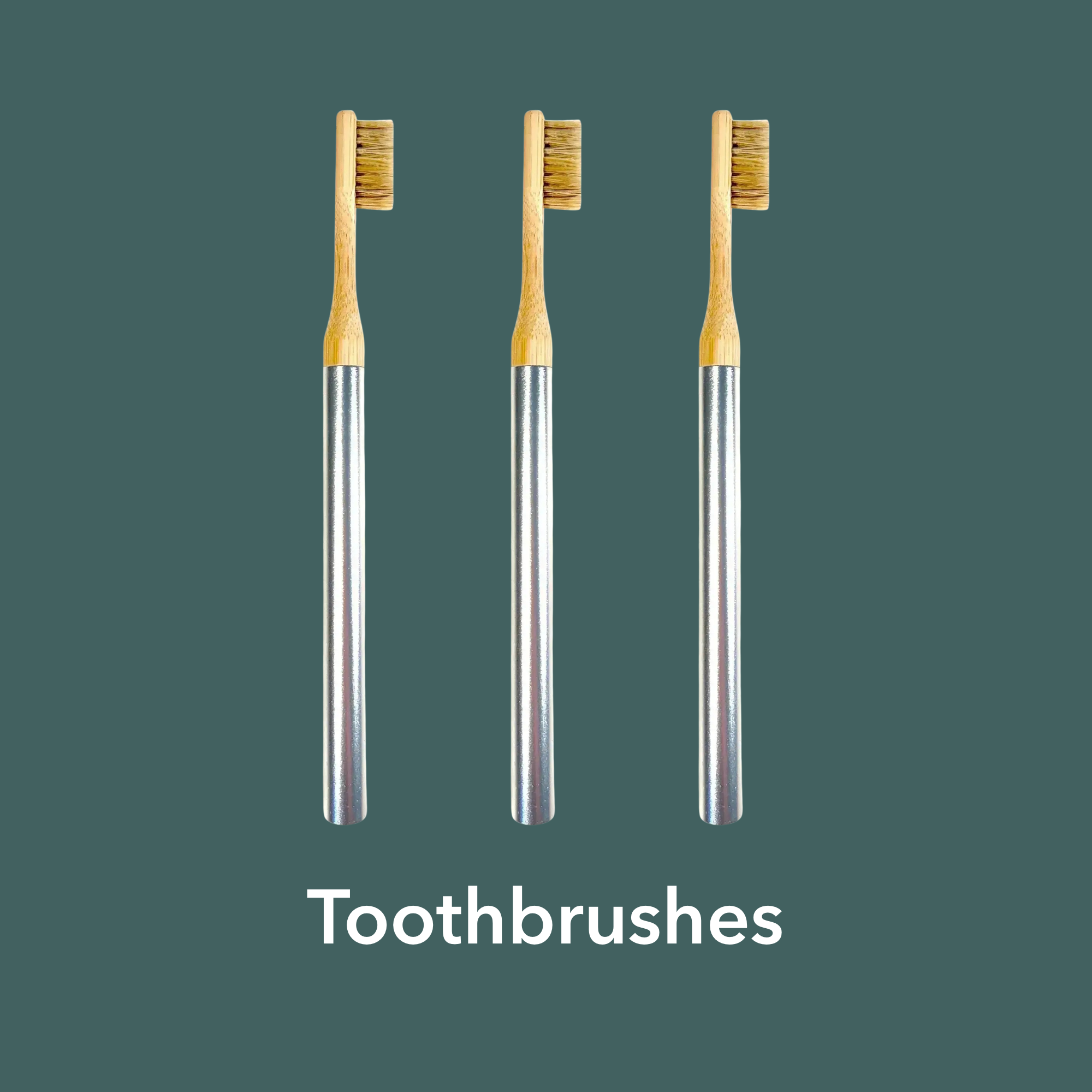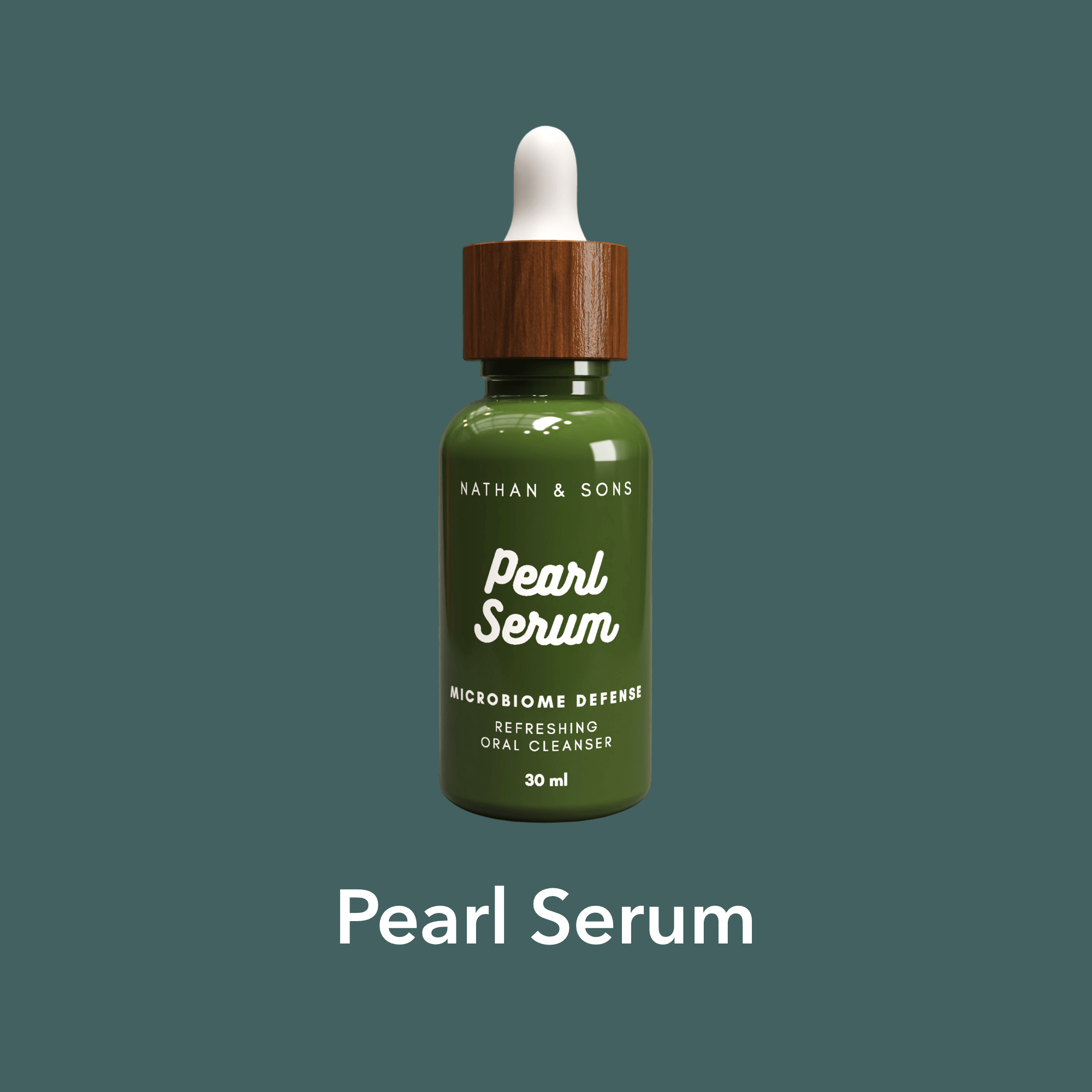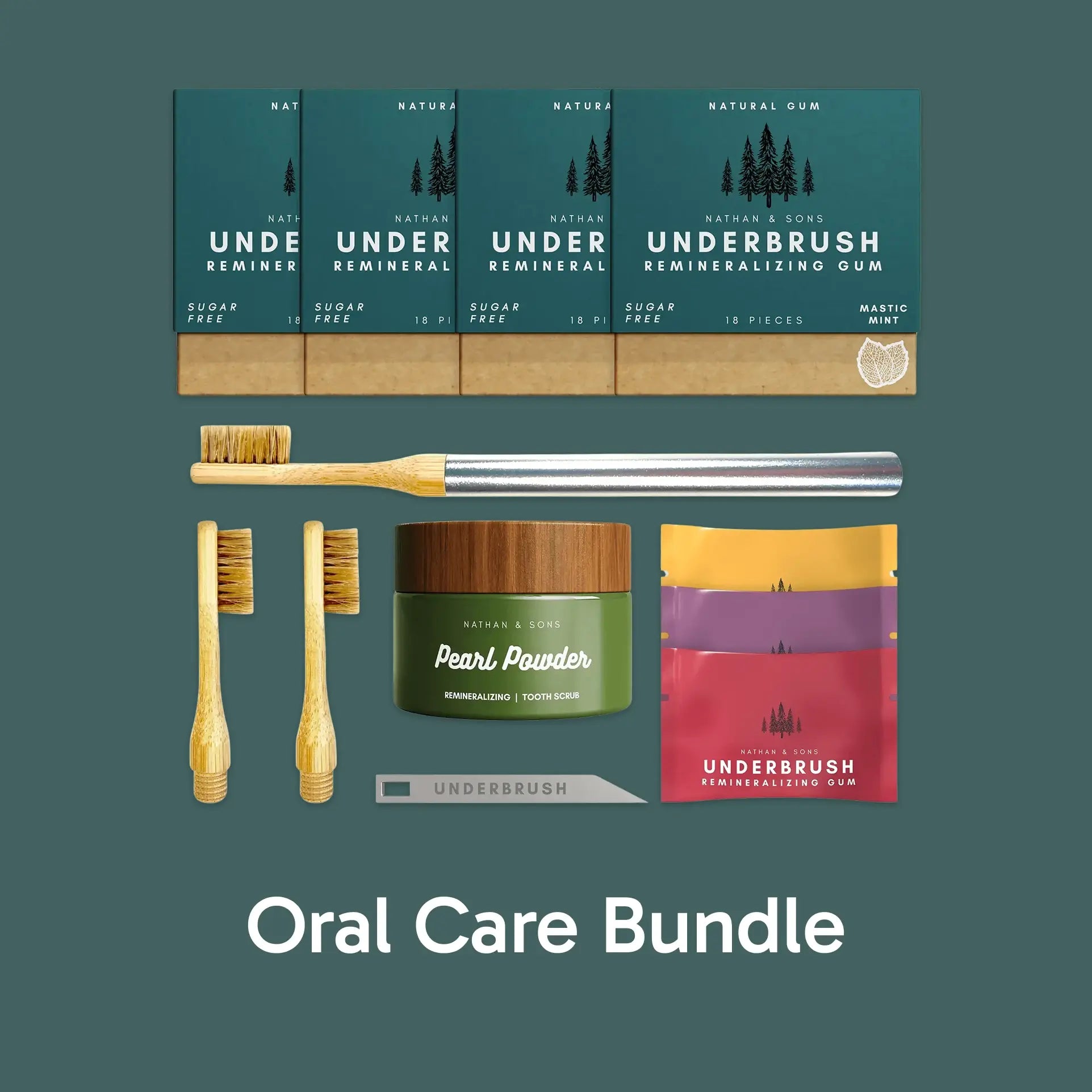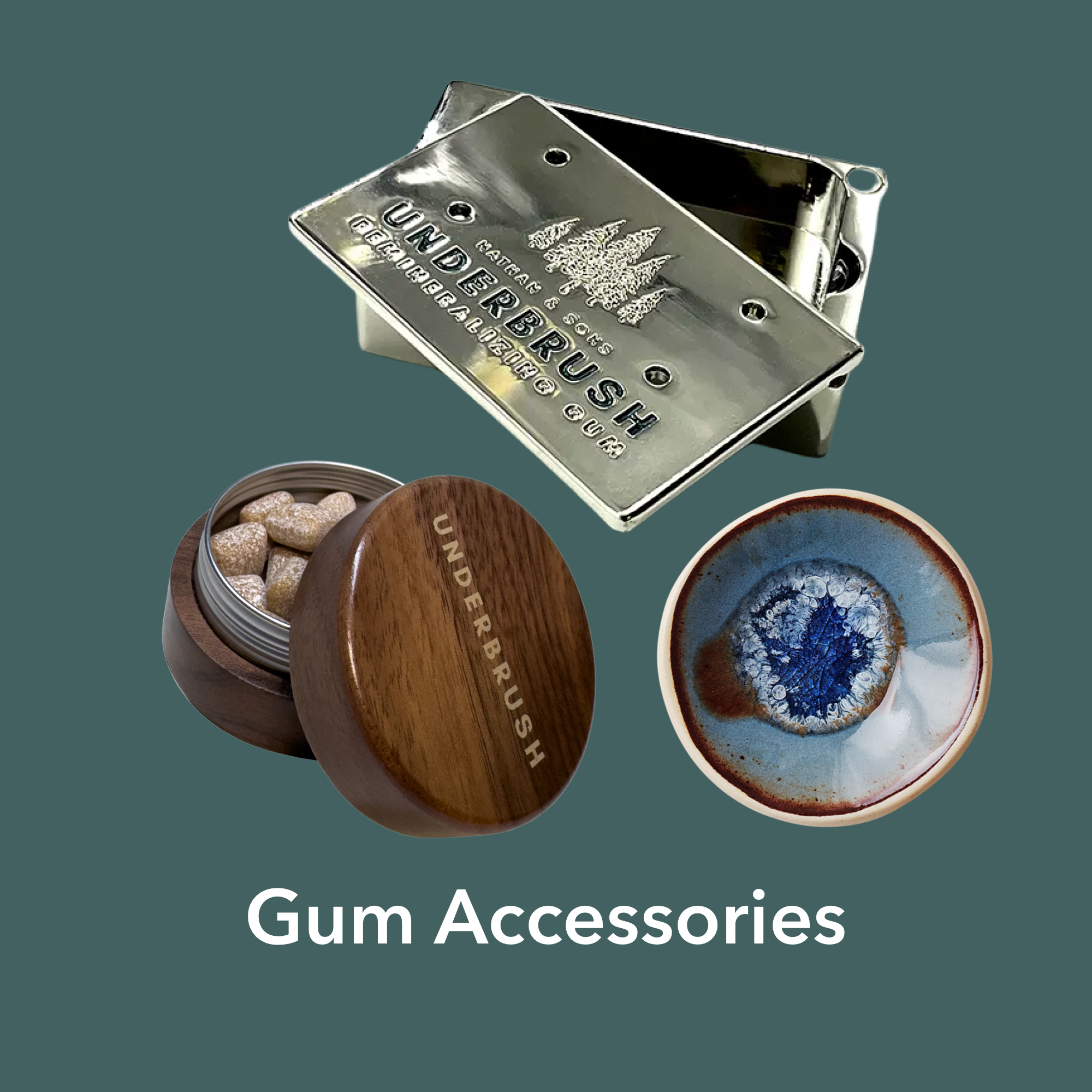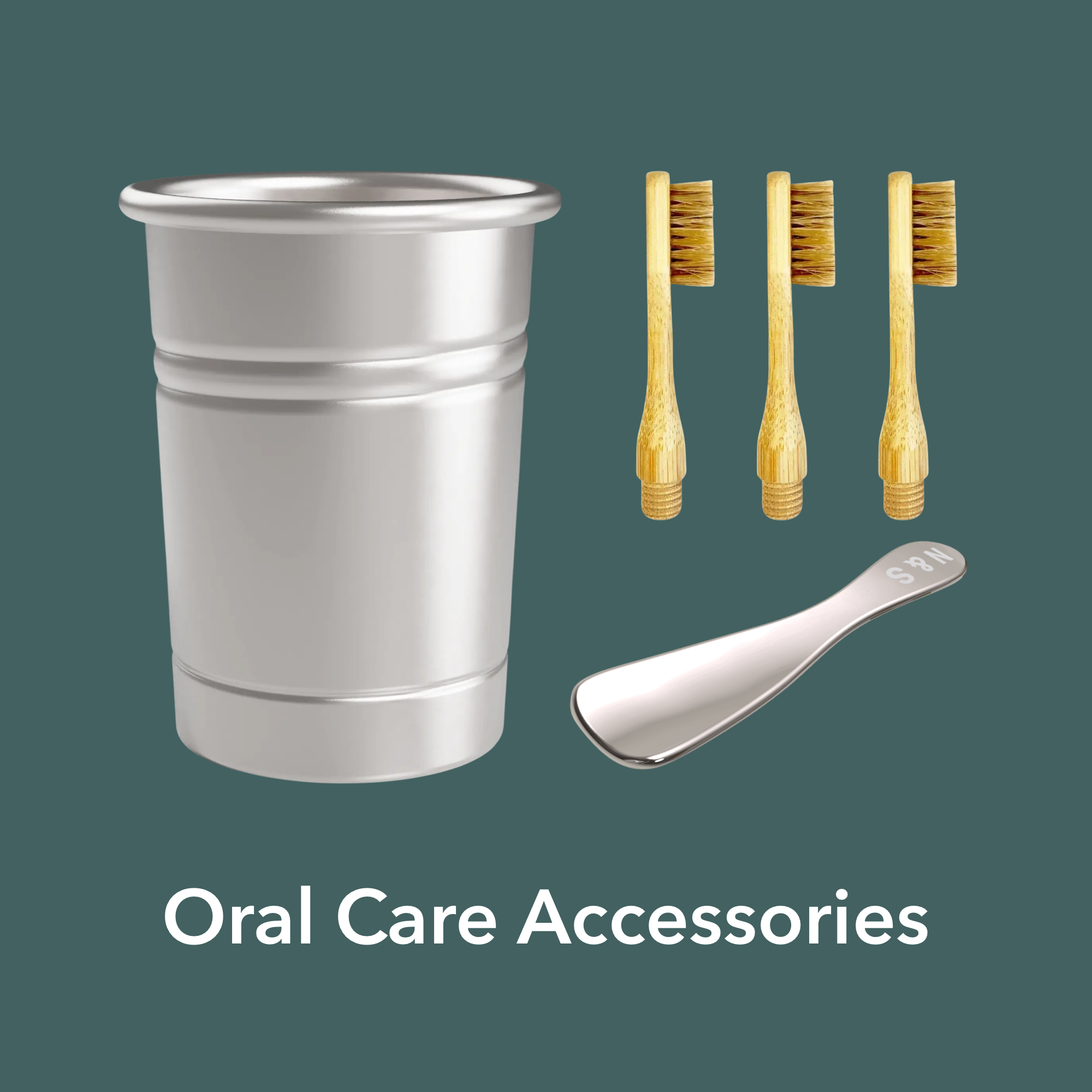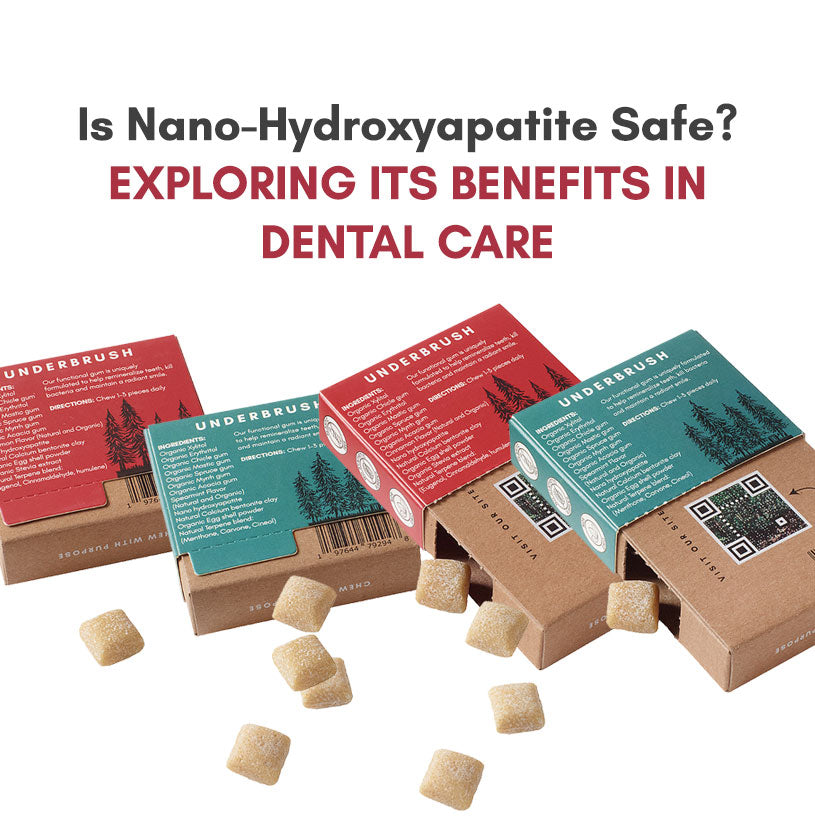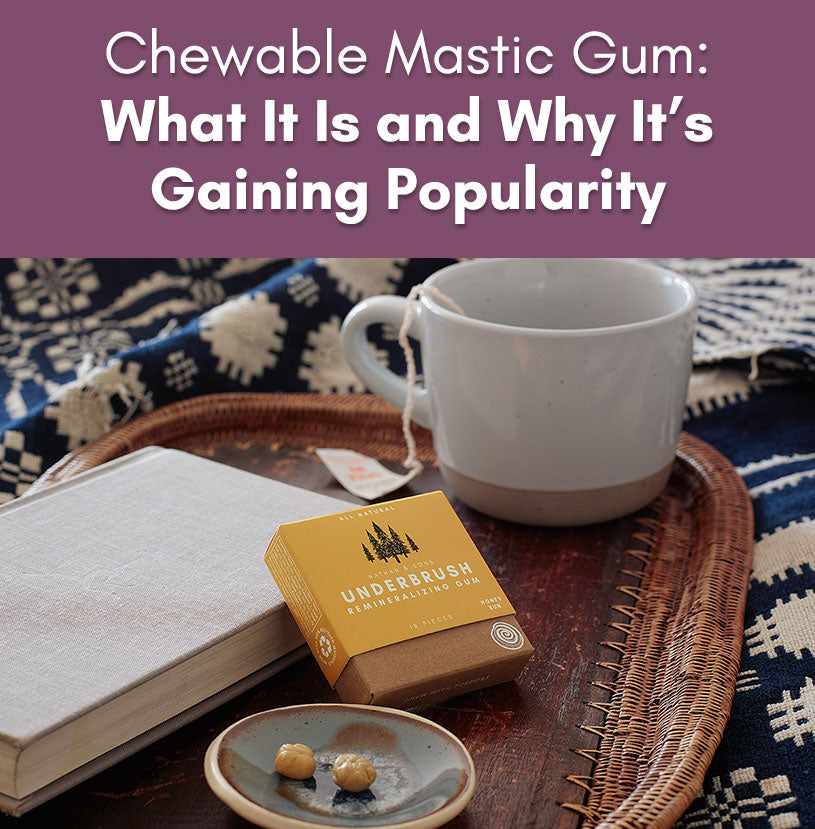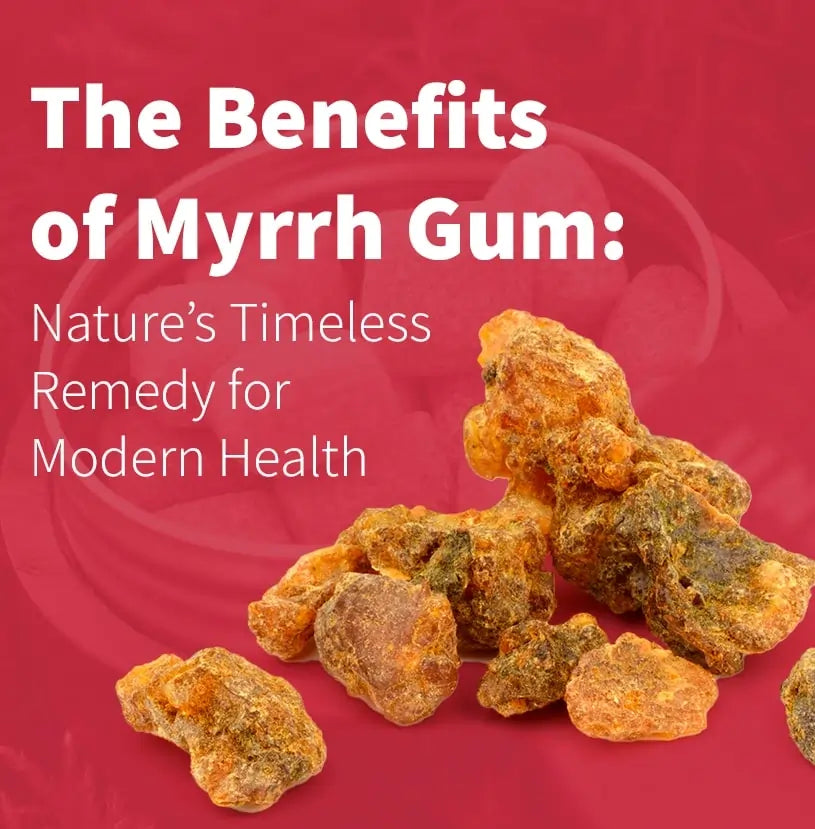Fluoride has long been at the center of the conversation about how best to maintain strong, healthy teeth. But in recent years, a natural, biocompatible alternative has attracted the attention of both dentists and wellness-minded shoppers — nano-hydroxyapatite.
This is an ingredient originally developed for NASA astronauts, and it’s starting to find its way into some high-tech oral care products like toothpaste, mouthwash, and even chewing gum as well. But innovation often raises questions. Is it safe? Does it actually work? And how does it stack up against conventional options?
In this blog post, we’ll take a deep dive into nano-hydroxyapatite—its structure, a bit about its efficacy in the mouth, its safety, and reasons why it’s being put into natural chewing gum for remineralizing enamel.
So, if you are a parent looking for safe options for your child, someone with sensitive teeth, or just someone in search of fluoride-free toothpaste, here’s what you need to know about why nano-hydroxyapatite appears to be turning into one of the greatest revolutions in healthy teeth.
What Is Nano-Hydroxyapatite?
Nano-hydroxyapatite (or nHA) is a synthetic form of hydroxyapatite, the naturally occurring mineral that makes up about 97 percent of your tooth enamel and 70 percent of dentin. It mirrors the natural composition of the teeth at a molecular scale and therefore is a great candidate for modern oral health care.
First designed by NASA back in the 1970s to assist astronauts in their fight against bone loss in zero gravity, nano-hydroxyapatite has become popular in its own right in recent years in dental care with its tooth-rebuilding benefits. Fluoride strengthens enamel from the outside, whereas nHA attaches directly to the surface, acting to rebuild it from within.
Is Nano-Hydroxyapatite Safe?
The good news: yes, nano-hydroxyapatite is deemed safe and biocompatible.
While research published in the International Journal of Nanomedicine indicates that nano-hydroxyapatite causes no cytotoxic effects, and that the human body tolerates it well when it comes into contact with oral tissues and bone structures, since it resembles the structure of natural tooth enamel, the body identifies it and reacts favorably toward it.
A 2018 study in The Journal of Contemporary Dental Practice pointed to the increasing evidence supporting the safety and effectiveness of nHA for remineralizing early enamel lesions. The study determined that nHA is a viable replacement or adjunct to fluoride, particularly for individuals who are sensitive to fluoride or are worried about fluoride overexposure.
Moreover, nano-hydroxyapatite is non-toxic, non-inflammatory, and does not cause antibiotic resistance, a new concern regarding some oral care additives.
Nano-Hydroxyapatite vs. Fluoride: A Comparison
While fluoride has reigned as the go-to for cavity prevention, nano-hydroxyapatite presents a more focused and biologically compatible option. Here's a quick comparison:
|
Feature |
Fluoride |
Nano-Hydroxyapatite |
|
Mechanism |
Strengthens enamel by attracting calcium and phosphate |
Rebuilds enamel by integrating into enamel matrix |
|
Biocompatibility |
Can cause fluorosis in high doses |
Mimics natural tooth material |
|
Age Suitability |
Requires supervision in children under 6 |
Safe for all ages |
|
Toxicity Risk |
Can be toxic in high amounts |
Non-toxic |
|
Whitening Effect |
Minimal |
Helps reduce surface stains |
While fluoride remains useful in many cases, nano-hydroxyapatite provides a natural alternative with fewer risks and broader appeal.
How Nano-Hydroxyapatite Works in Oral Care
Nano-hydroxyapatite particles are small enough to penetrate microscopic enamel defects. Once inside, they fill in the gaps and rebuild the enamel structure, reducing sensitivity and improving smoothness.
According to research, nHA is also effective in:
- Reducing dental hypersensitivity by occluding exposed dentinal tubules
- Inhibiting plaque biofilm formation
- Remineralizing white spot lesions (the early signs of tooth decay)
The way nHA bonds with natural enamel also makes it more durable and resistant to future acid erosion—a significant benefit in modern diets.
Why It Matters in Chewing Gum
Chewing gum has evolved far beyond being a sugary breath-freshener. In products like remineralizing gum, ingredients like nano-hydroxyapatite deliver functional benefits while you chew. Nathan and Sons uses nano-hydroxyapatite in its formula to actively restore enamel with each chew, without the sugar or synthetic additives found in conventional gum.
This form of gum doesn’t just avoid damaging your teeth—it actively helps them heal.
✅ Sugar-free
✅ Made with all-natural ingredients
✅ Safe for diabetics
✅ Long-lasting flavor
✅ No chemicals or artificial colors
Additional Oral Health Benefits
Incorporating nano-hydroxyapatite into daily oral care routines—whether through toothpaste, mouthwash, or gum—may help:
- Prevent early tooth decay
- Reduce the need for invasive dental treatments.
- Decrease dental sensitivity
- Protect against acid erosion from foods and drinks.
- Whiten teeth naturally by smoothing enamel
This makes it a particularly attractive option for people seeking a gentler, effective, and science-backed oral care routine—especially those avoiding fluoride or seeking natural alternatives.
Who Should Use Nano-Hydroxyapatite?
Because of its excellent safety profile, nano-hydroxyapatite is suitable for:
- Children (3+): Helps protect growing teeth without the risk of fluorosis
- Seniors: Supports enamel remineralization in aging teeth
- Diabetics: A non-glycemic oral care solution
- People with Sensitive Teeth: Helps reduce discomfort.
- Anyone Avoiding Fluoride: Offers a functional alternative
- Patients with Braces or Invisalign: Reduces the risk of white spot lesions
Common Myths About Nano-Hydroxyapatite
Myth 1: It's a new, untested ingredient
Truth: nHA has been studied for decades and has been used in European and Japanese oral care products since the 1980s.
Myth 2: It can’t replace fluoride
Truth: Research shows that nHA is equal or superior in early cavity remineralization and enamel repair when compared to fluoride.
Myth 3: Nano-particles are unsafe
Truth: Nano-hydroxyapatite particles are non-toxic and do not penetrate soft tissue. They remain on the enamel surface or integrate into it, not the bloodstream.
Where to Buy Nano-Hydroxyapatite Chewing Gum
As consumers grow increasingly aware of what goes in their mouths, offerings like natural chewing gum with remineralization ingredients are booming.
Nathan and Sons is the world’s first remineralizing chewing gum with nano-hydroxyapatite, xylitol, and calcium carbonate in a clean, sugar-free formula that’s safe and effective.
👉 Order your Nano Hydroxyapatite Remineralizing Gum today
External Resources and Further Reading
- PubMed Study: Use of nano-hydroxyapatite in oral care products
- Review: Effectiveness and safety of nHA in enamel remineralization
Conclusion: A Smarter Way to Support Your Teeth
Nano-hydroxyapatite is a game-changer for oral health. It’s safe, science-based, biomimetic — it helps repair teeth using the same materials teeth are made of. For those who want to decrease sensitivity, avoid fluoride, or want to boost healthy enamel organically, this ingredient is a wise alternative.
Opting for products with nano-hydroxyapatite in them — such as Nathan and Sons’ remineralizing gum — means you aren’t just avoiding harmful additives. You’re actively caring for your teeth in a meaningful, research-supported way.


